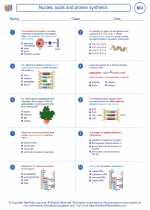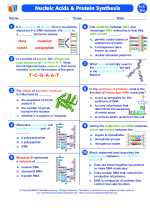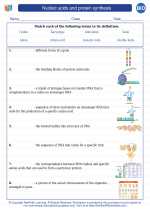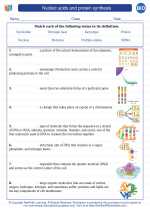What is a Landslide?
A landslide is the movement of rock, soil, and debris down a slope. This movement can occur gradually or suddenly and is often triggered by heavy rainfall, earthquakes, volcanic activity, or human activities such as construction and mining.
Causes of Landslides
Landslides can be caused by various factors including:
- Heavy rainfall: Excessive water can saturate the soil, making it more prone to movement.
- Earthquakes: Seismic activity can destabilize slopes, leading to landslides.
- Volcanic eruptions: Eruptions can cause the displacement of large amounts of material, triggering landslides.
- Human activities: Construction, mining, and deforestation can alter the stability of slopes, increasing the risk of landslides.
Types of Landslides
There are several different types of landslides, including:
- Rockfalls: Sudden, free-falling movements of rock from a steep slope.
- Debris flows: Rapid movements of water-saturated debris down a slope, often resembling a fast-moving river of mud and rocks.
- Slumps: Rotational movements of rock and soil along a curved surface.
- Earth flows: Slow to moderately fast movements of fine-grained soil and sediment.
Impact of Landslides
Landslides can have severe consequences, including:
- Loss of life: People and animals can be injured or killed in landslides.
- Property damage: Buildings, roads, and infrastructure can be destroyed or heavily damaged.
- Environmental effects: Landslides can lead to deforestation, loss of habitat, and changes in the landscape.
- Displacement of communities: Entire communities may need to be relocated due to landslide risks.
Study Guide
To study the topic of landslides, consider the following key points:
- Understand the causes and triggers of landslides, including natural and human-induced factors.
- Learn about the different types of landslides and their characteristics.
- Examine the impact of landslides on the environment, infrastructure, and communities.
- Explore methods for preventing and mitigating landslide hazards, such as land-use planning and engineering solutions.
- Review case studies of significant landslides and their aftermath to understand the real-world implications of these events.
By mastering these concepts, you will gain a comprehensive understanding of landslides and their significance in geology, environmental science, and disaster management.
.◂Biology Worksheets and Study Guides High School. Nucleic acids and protein synthesis
Worksheet/Answer key Nucleic acids and protein synthesis
Nucleic acids and protein synthesis  Worksheet/Answer key
Worksheet/Answer key Nucleic acids and protein synthesis
Nucleic acids and protein synthesis  Worksheet/Answer key
Worksheet/Answer key Nucleic acids and protein synthesis
Nucleic acids and protein synthesis  Worksheet/Answer key
Worksheet/Answer key Nucleic acids and protein synthesis
Nucleic acids and protein synthesis  Vocabulary/Answer key
Vocabulary/Answer key Nucleic acids and protein synthesis
Nucleic acids and protein synthesis  Vocabulary/Answer key
Vocabulary/Answer key Nucleic acids and protein synthesis
Nucleic acids and protein synthesis  Vocabulary/Answer key
Vocabulary/Answer key Nucleic acids and protein synthesis
Nucleic acids and protein synthesis 

 Worksheet/Answer key
Worksheet/Answer key
 Worksheet/Answer key
Worksheet/Answer key
 Worksheet/Answer key
Worksheet/Answer key
 Vocabulary/Answer key
Vocabulary/Answer key
 Vocabulary/Answer key
Vocabulary/Answer key
 Vocabulary/Answer key
Vocabulary/Answer key

The resources above cover the following skills:
LIFE SCIENCE (NGSS)
From Molecules to Organisms: Structures and Processes
Students who demonstrate understanding can:
Construct an explanation based on evidence for how the structure of DNA determines the structure of proteins which carry out the essential functions of life through systems of specialized cells.
Heredity: Inheritance and Variation of Traits
Students who demonstrate understanding can:
Make and defend a claim based on evidence that inheritable genetic variations may result from: (1) new genetic combinations through meiosis, (2) viable errors occurring during replication, and/or (3) mutations caused by environmental factors.